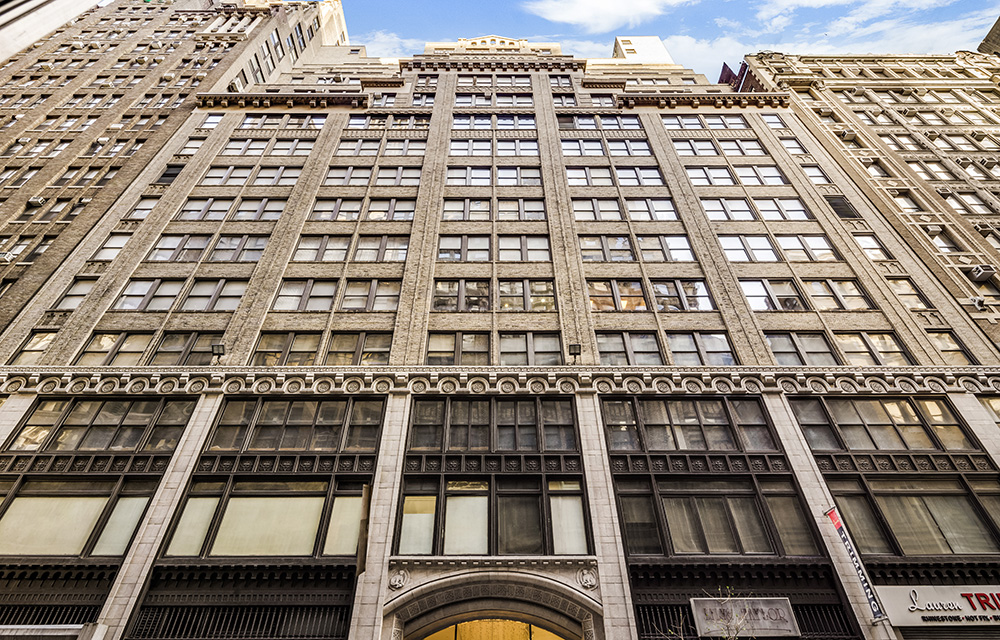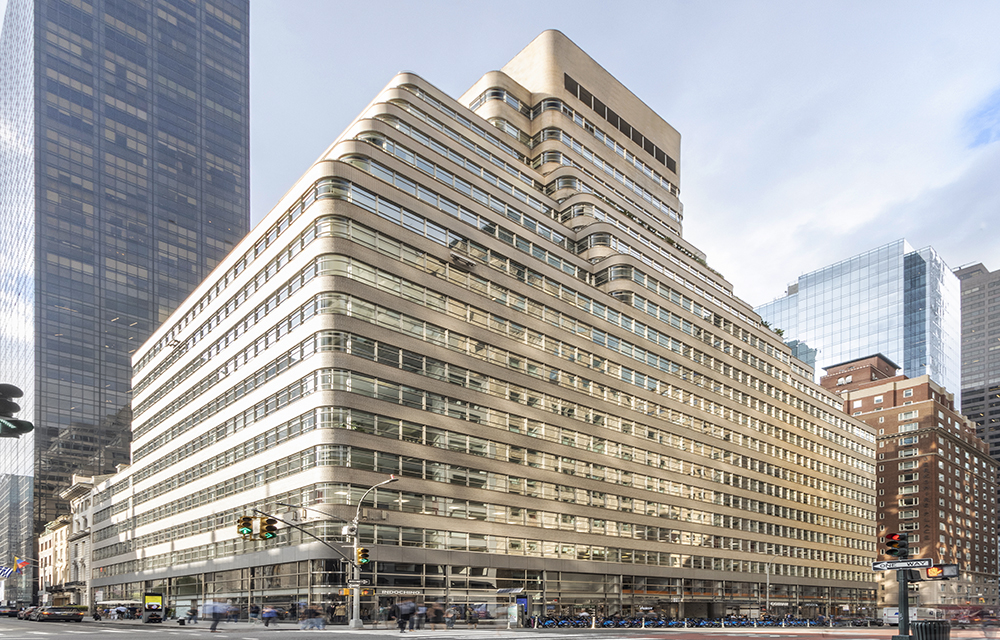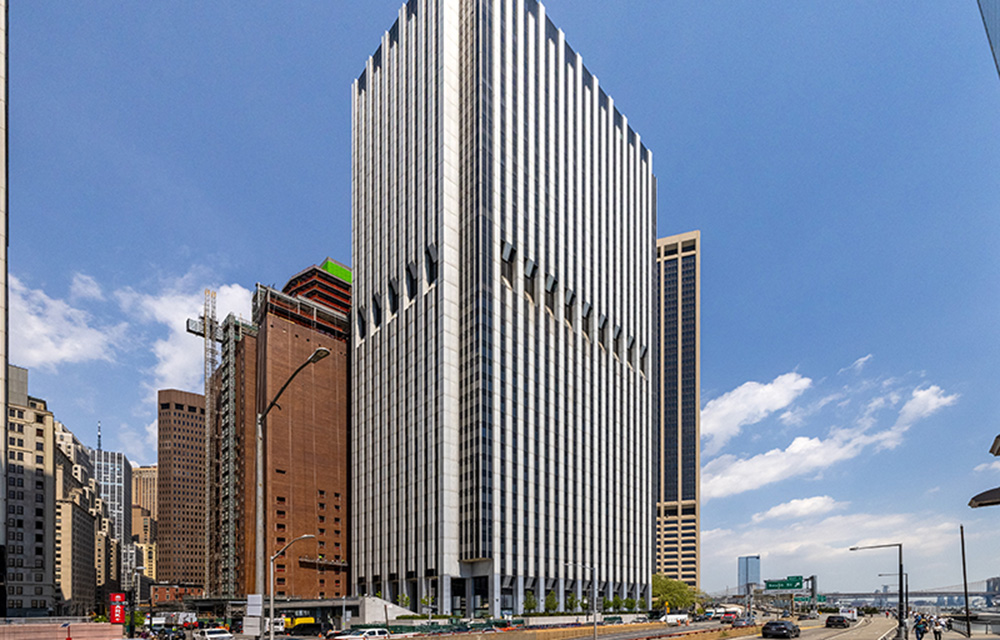News:
Brokerage
Posted: February 16, 2016
A look into air rights in New York: Part II – whose air is it anyway? - by Bernie Kennedy
At the conclusion of the last article (Long Island section of the November 10, 2015 edition of NYREJ) on this subject we asked the question: What happens when two billionaire developers owning neighboring properties can’t make a deal over air rights associated with an iconic N.Y.C. historic landmark?
A lawsuit is what happens, most recently when the owner of Grand Central Terminal, Andrew Penson, was unable to come to an agreement with developer, SL Green over the value of the terminal’s air rights, following which SL Green was granted permission by the city to construct 1 Vanderbilt, a 1,400 foot tall, 1.6 million s/f office tower without having to purchase air rights from Penson.
Not only did Penson sue SL Green for “unjust enrichment,” he also named the City of New York as a defendant, claiming, among other things, that by granting SL Green the right to construct the office tower, the city was engaging in an unconstitutional taking of his 5th Amendment property rights for the benefit of a private citizen, without public benefit and without just compensation.
As reported in a recent N.Y. Times article by Charles Bagli, “The lawsuit involves complex questions of zoning, constitutional law, politics and potential conflicts of interest, but it boils down to what always matters most in New York real estate: millions and millions of dollars.”
Here’s a brief look at history to put this dispute and lawsuit into context.
In 1961, the city revised its 45-year old zoning regulations, placing restrictions on developers with the intent, among other things, of encouraging new development and preserving open space while discouraging over-density. These new zoning regulations allowed a property owner with a building built lower than allowable under local zoning regulations to transfer those unused building rights to a neighboring developer to construct a building in excess of as-of-right zoning limits. These Transferrable Development Rights (TDRs) are commonly known as “air rights.”
In 1968, a few years after the Landmarks Preservation Commission was created to protect the city’s architecturally and culturally significant buildings and administer the city’s Landmark’s Preservation Law, Penn Central, the then owner of Grand Central Terminal, developed plans to build an office tower above the iconic terminal. The idea drew much criticism from the public, including, notably, Jacqueline Kennedy Onassis, who stated, in part, “Is it not cruel to let our city die by degrees, stripped of all her proud monuments, until there will be nothing left of all her history and beauty to inspire our children?”
The Landmarks Commission declared Grand Central a city landmark, preventing Penn Central from proceeding with its plans, and Penn Central promptly sued, claiming that the city had deprived it of its property rights under the 5th Amendment. The city defended the claim by arguing that there was no “taking” since the owner could still sell the unused development rights to neighboring developers, and the Supreme Court ruled in favor of the city. Enter Penson in 2006, who purchased Grand Central for $80 million, calculating that he would eventually reap hundreds of millions on the sale of the TDRs.
The rest, as they say, is history. Penson and SL Green couldn’t make a deal, SL Green got its special permit to construct its office tower notwithstanding, and Penson sued, claiming that his TDRs had been rendered worthless by the actions of SL Green and the city.
The litigants are now locked in battle in the Federal District in Manhattan, with each private litigant represented by high-powered (and high-priced) New York counsel. Each of the defendants has served motions to dismiss upon the plaintiffs, and those motions will be filed with the court next week.
In a joint letter submitted by the parties to the court, the defendants outline the basis for their respective motions. Among other more technical legal defenses addressed to zoning issues, the city contends that plaintiffs’ taking claim is speculative and that plaintiffs lack standing to sue since they still possess the TDRs and can sell them to another developer in the future, albeit at a price that cannot be predicted, rendering plaintiffs’ damage claim mere conjecture. For their part, SL Green maintains that plaintiffs’ primary claim of unjust enrichment is simply not supported by current legal precedent.
One would think a case with so much at stake would beg for early settlement discussions. Not so, say the defendants. As stated in the joint letter:
“As both the disputed rezoning and the special permit were legislative acts within city defendant’s authority...defendants believe there are strong grounds to dismiss the action. Accordingly, defendants do not believe that there is any prospect for settlement.”
Bernie Kennedy is a co-managing member (partner) at Bond, Schoeneck & King, Garden City, N.Y.
Tags:
Brokerage
MORE FROM Brokerage
Meridian Capital Group arranges 10-year retail lease for Mess at 236 West 10th St.
Manhattan, NY According to Meridian Capital Group, Jordan Langer, Noam Aziz and Carson Shahrabani of the firm’s retail leasing team have arranged a five-year lease at 236 West 10th St. in Greenwich Village

Quick Hits
Columns and Thought Leadership

Behind the post: Why reels, stories, and shorts work for CRE (and how to use them) - by Kimberly Zar Bloorian
Let’s be real: if you’re still only posting photos of properties, you’re missing out. Reels, Stories, and Shorts are where attention lives, and in commercial real estate, attention is currency.

Lasting effects of eminent domain on commercial development - by Sebastian Jablonski
The state has the authority to seize all or part of privately owned commercial real estate for public use by the power of eminent domain. Although the state is constitutionally required to provide just compensation to the property owner, it frequently fails to account

Strategic pause - by Shallini Mehra and Chirag Doshi
Many investors are in a period of strategic pause as New York City’s mayoral race approaches. A major inflection point came with the Democratic primary victory of Zohran Mamdani, a staunch tenant advocate, with a progressive housing platform which supports rent freezes for rent

AI comes to public relations, but be cautious, experts say - by Harry Zlokower
Last month Bisnow scheduled the New York AI & Technology cocktail event on commercial real estate, moderated by Tal Kerret, president, Silverstein Properties, and including tech officers from Rudin Management, Silverstein Properties, structural engineering company Thornton Tomasetti and the founder of Overlay Capital Build,









.jpg)

.gif)